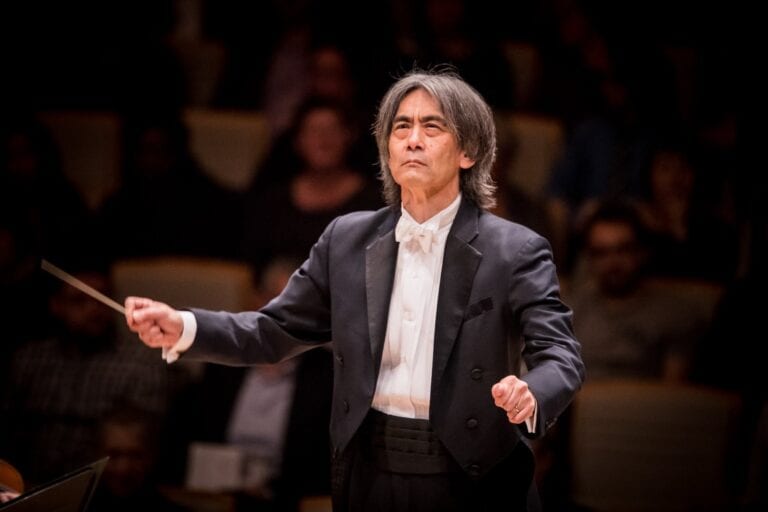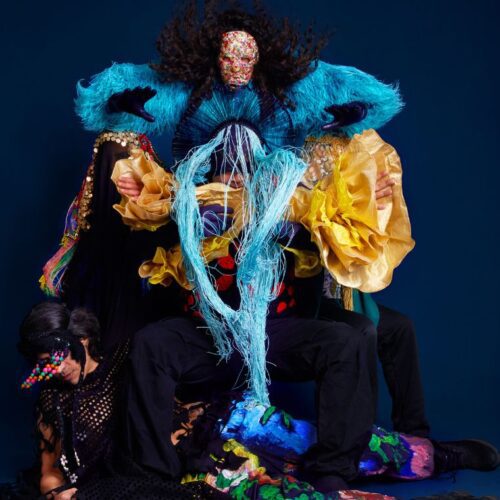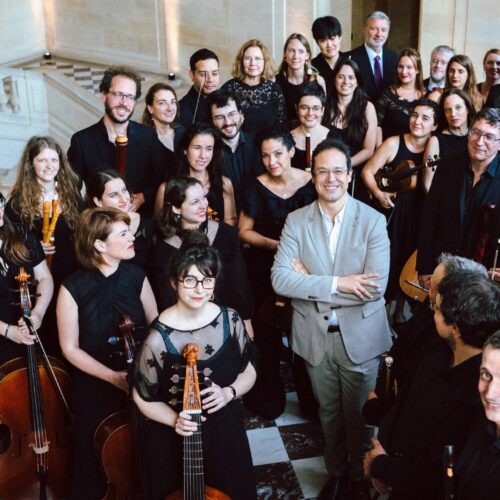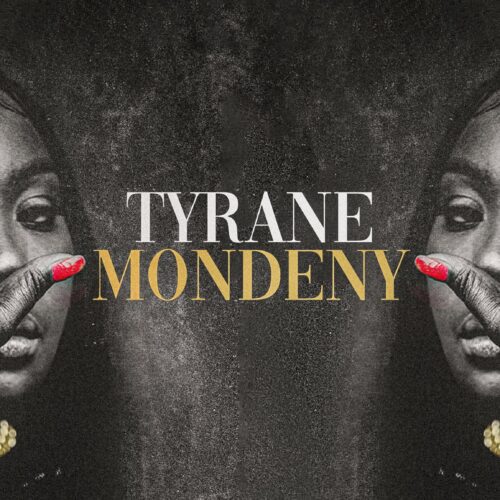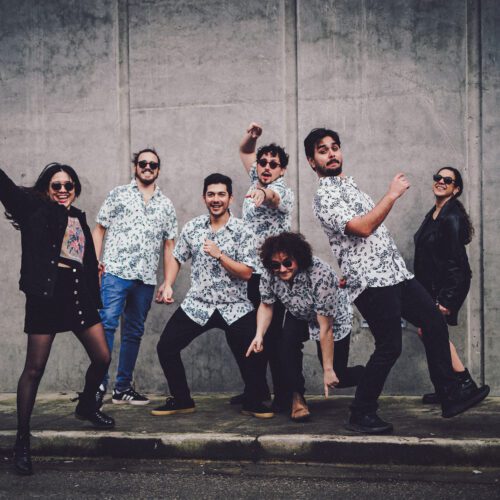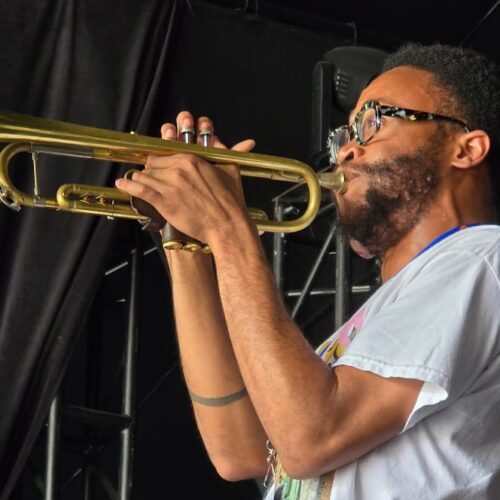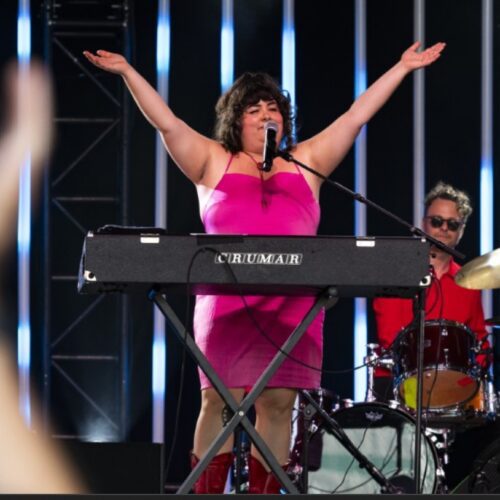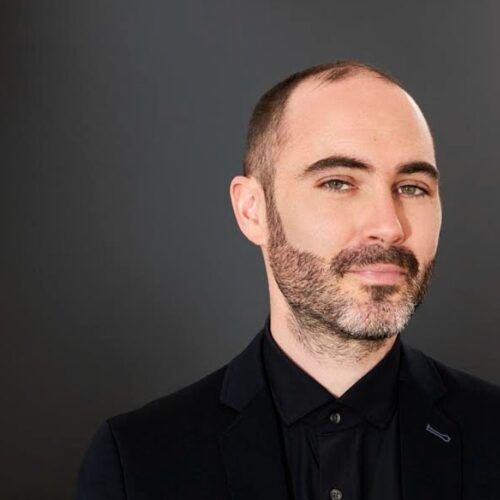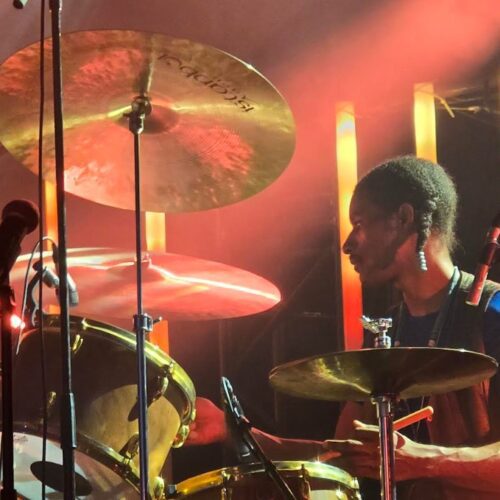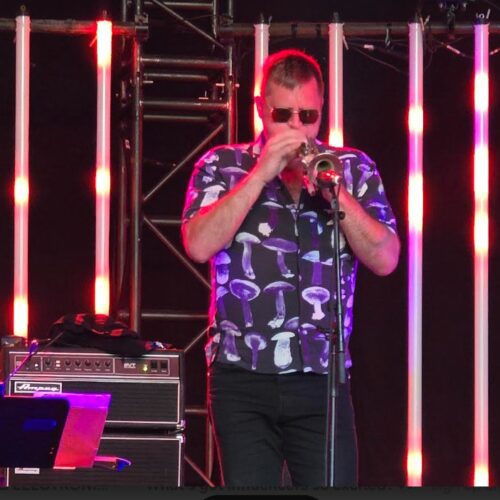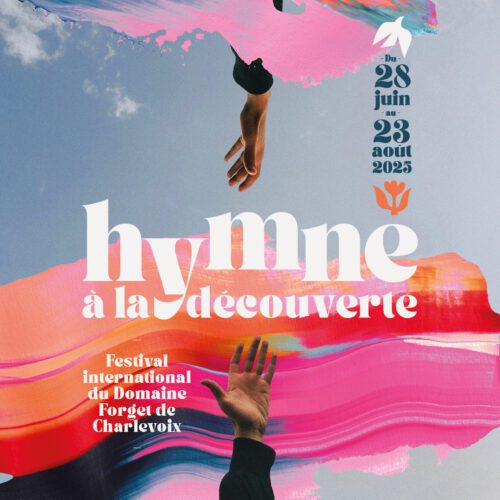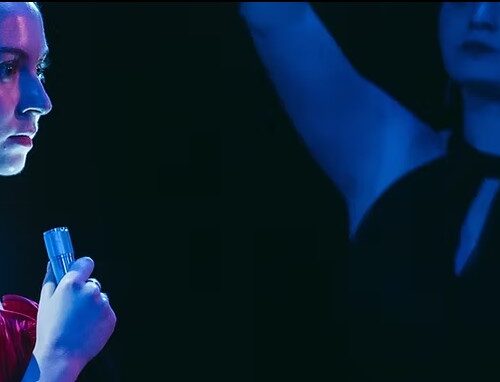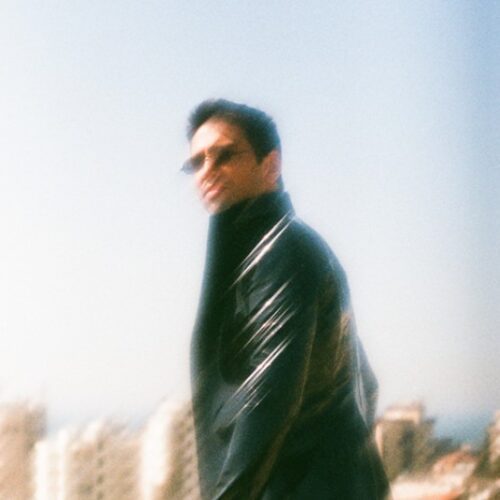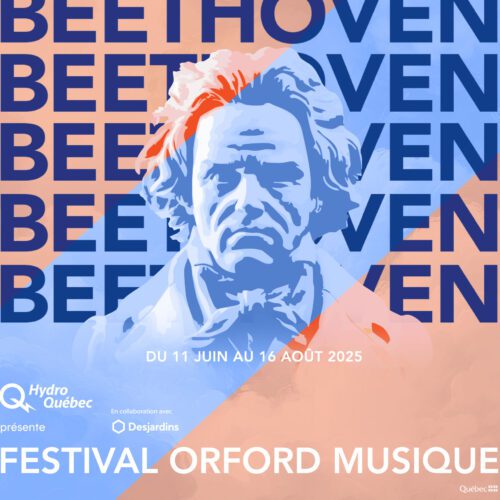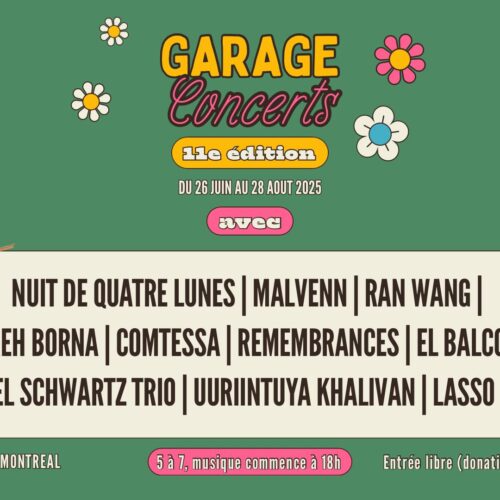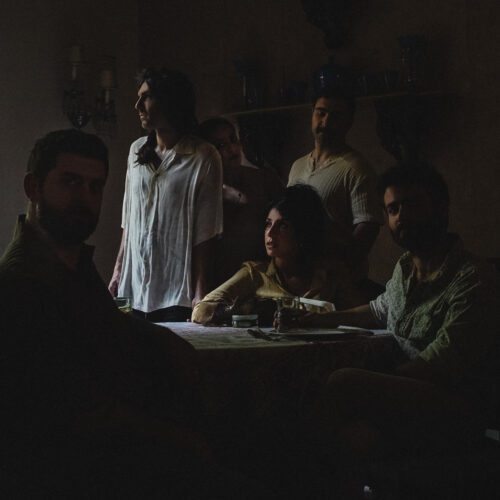Additional Information
From 2006 to 2020, Kent Nagano was Music Director and Principal Conductor of the Montreal Symphony Orchestra. Unfortunately, the global pandemic ruined the end of his Montreal stay at the helm of the OSM, a series of special concerts planned for last spring and summer… cancelled or postponed, obviously. We can already imagine invitations in 2021 when the concert halls will be allowed to reopen. In the meantime, he granted this in-depth interview to PAN M 360.
The first question that comes to mind after this year of profound disruption in the music world concerns the maestro’s final round, of which 2020 was his last year at the helm of the OSM, an exit unfortunately overshadowed by the pandemic.
“Of course, it’s disappointing. I’m afraid that the current situation is simply out of our control. We must remain positive. And I think the vaccine will have a positive effect by late spring or early summer. The finale was really very rich, not one concert but a rich process, that’s the best word to use. Several concerts linked together, which were going to have a crescendo or a general recapitulation towards the end, and that involved not only the OSM but also the community and many artists from Quebec who joined the orchestra, it was also the last Classical Virée that was going to give Andrew Wan another chance to perform the Samy Moussa concerto that we recorded. It’s always different when you play a brand new concerto twice.”
It’s easy to imagine that the conductor, based (mostly) in Paris and (sometimes) in San Francisco, and whose main job is in Hamburg, will be entitled to important invitations when the Maison symphonique reopens. In the meantime, he remains Honourary Conductor of the German Symphony Orchestra in Berlin, where he was Music Director from 2000 to 2006, but his most important duties are in Hamburg, where he is Music Director of the State Opera and the Philharmonic Orchestra.
A more festive conclusion to his Montreal direction would have been desirable, but… At 69 years of age, Nagano accepts his fate wisely and expresses a deep attachment to the city that has embraced him for at least 14 years.
“When your child leaves home, the relationship is different, of course. You don’t see each other every day, but that has nothing to do with the love you have for your child. In this case, I actually feel like it’s not over yet. My respect and admiration for the OSM is just as strong today as it was on day one, if not more so. My feelings for Montreal and the orchestra are much deeper today. Because the orchestra can accomplish so much, which means that we have developed a very, very intense personal relationship. And that hasn’t ended. So yes, I’m looking forward to the future.”
The maestro leaves with his head held high after 14 years of service to the OSM, and is proud of his Montreal achievements.
“What am I most proud of? It’s terribly difficult to say. Together, we have done so much.”
Without claiming to be exhaustive, it nevertheless lends itself to gambling. The construction of the Maison symphonique comes first:
“We started by bringing the orchestra closer to the community. We first filled Salle Wilfrid-Pelletier, which led us to the realization of an old dream of which Quebec can be very proud. The construction of the new concert hall was carried out in 2007, 2008 and 2009 in the midst of a global banking scandal. It is so impressive to me that Montrealers and Quebecers were saying ‘Let’s do it’, very impressive despite the global financial fragility.”
The OSM Choir, under the direction of Andrew Megill, is then touched on by the maestro.
“I had always felt that we needed a choir that could sing at the same level as the orchestra, so we created the OSM Choir.”
The acquisition of the Pierre Béique organ is another source of great pleasure for Nagano. The purchase of this orchestral organ was made possible thanks to the late Jacqueline Desmarais, a patron of the arts. Its name honours the contribution of Pierre Béique, the OSM’s first director general, from 1939 to 1970.
“Many concert halls have left an empty space where the organ was supposed to be!” Nagano laughs. “Installed at the Maison symphonique, the Pierre Béique organ is currently one of the best in the world.”
The Maestro is also pleased with a relationship that he feels has been strengthened between the Montreal community and the OSM, beginning with the Classical Tour, which is normally presented at the end of the summer.
“That’s why we’ve set up our summer festival, La Virée classique. I’ve always felt that one of the unique, special features of Montreal is its summer festival season. There’s a great atmosphere and there’s a place for classical music.”
Maestro Nagano goes on to cite La musique aux enfants, an OSM music-education initiative conducted in partnership with the Université de Montréal and the Commission scolaire de la Pointe-de-l’Île. The goal was to introduce preschoolers to intensive music learning. The project was inaugurated in November 2016, first initiated at St-Rémi public school in Montréal-Nord.
“I am very happy with our involvement in this very special school, which provides children with a high level of education.”
Finally, the rejuvenation of the OSM’s audience is a great victory for Maestro Nagano.
“For me, one of the things that people don’t realize so much is that over time, the orchestra and I have lowered the average age of our audience; we see young adults, teenagers, whole families. The orchestra today has one of the youngest audiences in all of North America, without neglecting our mature audience. I’ve always thought that the OSM audience should be the people you meet on the streets of Montreal, people from all walks of life, all age groups, all interests, all levels of experience and education.
“The idea was to reflect Montreal, a very special city: mosaic of cultures, high quality of life, cuisine, arts, culture, education, visionary industries, advanced technologies, etc. When the Montreal public comes to us, they can feel, hear and be nourished through the OSM, the sense of belonging develops, it makes the orchestra all the more relevant. Slowly and surely, this representation of Montrealers is tangible in the OSM. It’s a sign of good health, and I think we can really be proud of it.”
Kent Nagano has not always enjoyed unanimous support. His conducting has sometimes been considered too soft by some. His artistic orientation, very open to the contemporary corpus and therefore not always consensual for the “classical audience”, has displeased those who are reluctant to change. It is also possible that these differences in values sometimes had a negative impact within some of the orchestra’s staff, which may have affected some performances.
Regrets, Maestro Nagano… He takes responsibility for everything, starting with an artistic direction that he feels he has imposed through dialogue.
“We had a fairly open dialogue between members of the OSM, the decisions that were taken were not unilateral. There was a lot of discussion among us, because when we wanted to do something important, because we all had to go in the same direction. If you divide and go in different directions, you can’t achieve your goals. Without discussion, by losing the sense of unity and community, you may find yourself in very dangerous situations.”
That being said, the maestro remains aware that you can’t make an omelette without breaking eggs.
“If you are an artist and you take risks, you have to assume the difficulties and the consequences. Not everyone will systematically understand, not everyone will be able to feel at the same time what has been implemented. The orchestra quickly achieved my initial goals and each year I set the bar higher and higher. My only regret is that I didn’t have enough time. But maybe that’s a good thing…”
In this, he suggests that the development of the OSM must continue, a new direction must now take over with Maestro Rafael Payare.
“I think it’s important for an orchestra to be able to go back to the time of Johann Sebastian Bach, Mozart and Beethoven, and to get to the present day. The idea of an orchestra for musicians is to make music together. Artists from different nationalities, cultures, or social classes pool their talent to achieve what they cannot accomplish individually. This is a kind of metaphor for democracy.”
